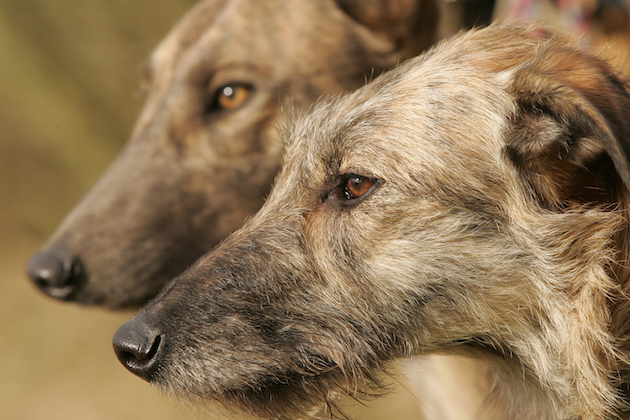Thinking of taking on a rescue dog? Here's what you need to check, says vet Tony Buckwell.
A useful rescue dog checklist
Before you take on a rescue dog you need to ensure that he or she is in reasonably good health. So here’s a rescue dog checklist to run through before you make any decisions.
- First, don’t be in any hurry to approach and handle the dog. Observe it from outside the pen. Check on its general appearance and behaviour. The dog should adopt what appears a normal posture when standing and move freely with no sign of lameness. There should be no reluctance to move.
- When you approach the dog, it should not be nervous or withdrawn, nor show any reluctance, resistance or resentment to being picked up or handled. The dog should show signs of normal social behaviour towards you, other people and other dogs.
- Once you are able to handle and pet the dog, examine it methodically, starting with the head, noting the external appearance of the eyes, ears, nose and muzzle.
- There should be no wounds and abnormal discharges. Look inside the mouth. Inspect the teeth, the tongue, lips and inside its cheeks.
- The dog should be in good bodily condition, well-muscled and neither too fat nor too thin for its age and size. The skin should be loose when picked up, its coat sleek and glossy. Check there are no areas of hair loss, wounds or abnormal swellings.
- Observe and listen to the rate, rhythm and depth of breathing — the breathing should not be laboured. Listen for coughing or any exaggerated respiratory noises.
- As you restrain the dog, gently palpate the abdomen. The dog should not appear ‘tucked up’ and there should be no evidence of pain or discomfort, no swellings in its groin or belly button (check for an inguinal or umbilical hernia).
- If male, he should have two similarly sized testicles, fully descended in the scrotum. Ensure there is no abnormal discharge from either the sheath if male or the vulva if it’s a female.
- Run your hands down the legs, feet and tail checking for any abnormal swellings or signs of discomfort. The nails should not be overgrown. Check the footpads for cracking or abrasions.
- Finally, before offering the dog a home, ensure the centre is happy for you to take the dog to a vet to be checked over (subject to any restrictions imposed by the current COVID-19 situation).
Most rescue centres should encourage you to do so and be willing to have you return the dog if there is any problem. They should be reassured by the fact you have run through this rescue dog checklist




